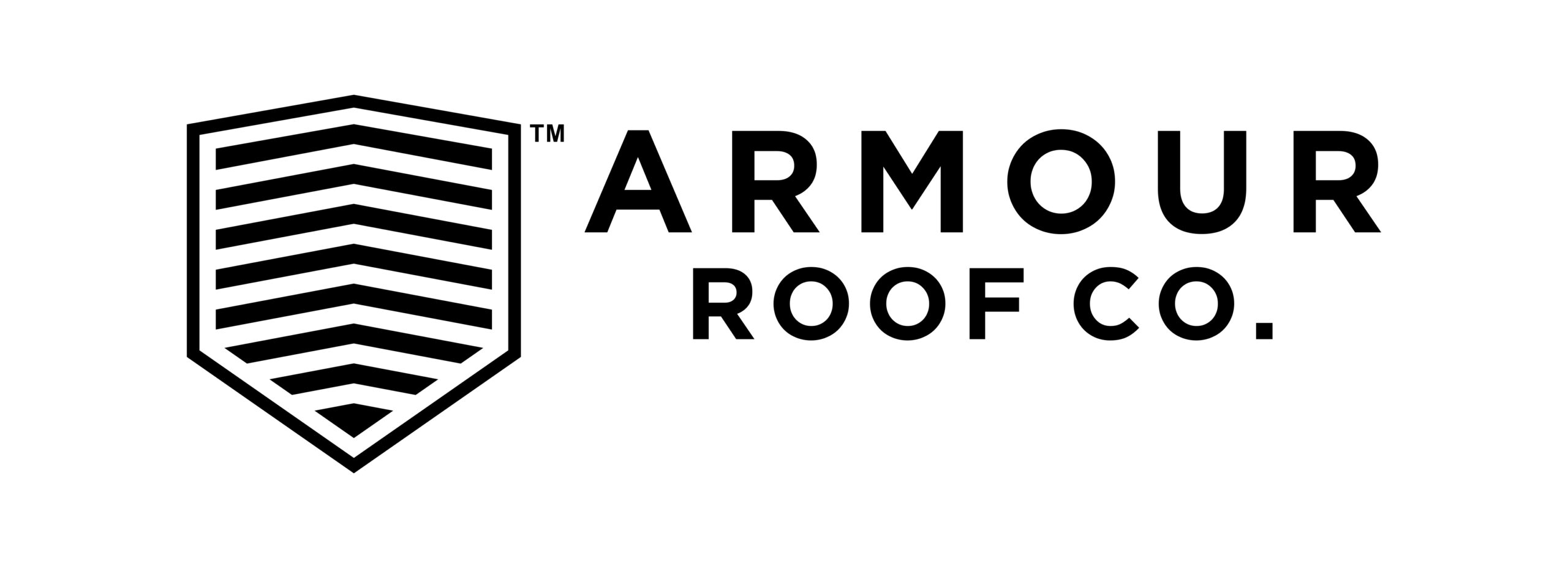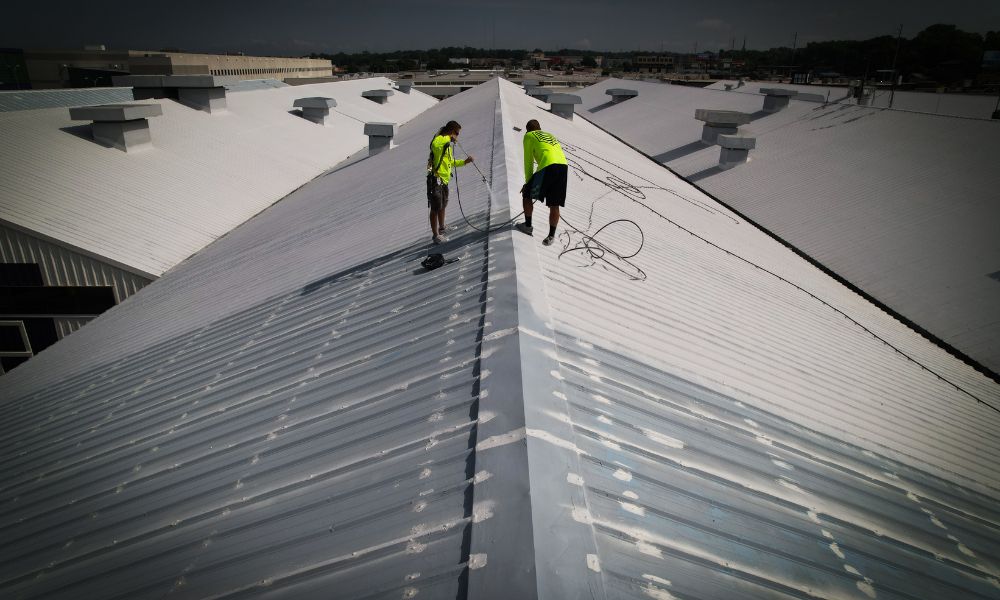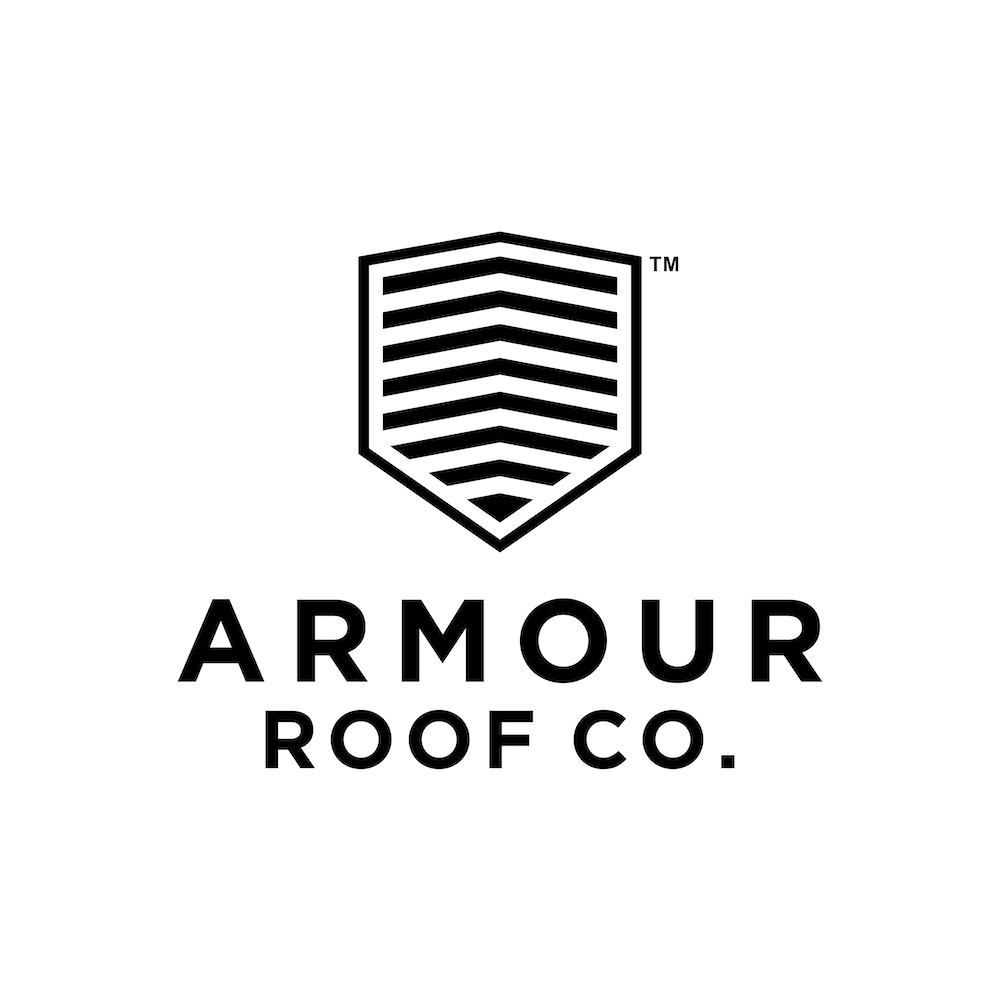The roof is one of the most essential parts of your commercial facility. If you’re building a new home for your business or have a roof that’s worn down or on its way out, you need to reroof ASAP! To help you choose the best kind of roof for your facility, we’ve put together this ultimate guide to commercial roofing systems that goes over some of the most common types and factors to consider when selecting one.

Types of Commercial Roofing Systems
There are several types of roofs you can choose for your property. In this guide to commercial roofing systems, we go over what you need to know about seven of the most common types.TPO
First up is TPO. Thermoplastic polyolefin, or TPO, is a material comprised of polymerized polypropylene and ethylene-propylene rubber. This low-slope system is made up of reinforced roof sheets with heat-welded and reflective seams. TPO comes in various colors, such as white, grey, and tan, and you can install the membrane using several methods.PVC
PVC, short for polyvinyl chloride, is a system that features two layers of PVC with a polyester scrim in between for extra reinforcement. The bottom layer is flexible, making it easy to install, while the top layer contains additives that make it heat- and sun-resistant. You can also weld PVC roofs to make them watertight, which means you won’t have to worry about standing water or leaks.EPDM
EPDM is shorthand for “ethylene propylene diene monomer”, which is an oil- and gas-derived compound that’s extremely tough and elastic. This is a low-cost option for low-slope roofs, and despite its low price, it doesn’t skimp on durability. It’s highly resistant to UV rays, hail-resistant, wind-resistant, and fire-rated, so you can be assured it will hold up to the test of time.Modified Bitumen
Modified bitumen roofs are made of asphalt mixed with a chemical polymer. If you want the look of traditional asphalt shingles with extra flexibility and durability, this is the roof type for you. You can apply these roofs in several ways, in several layers, and in both hot and cold climates, allowing for installation on all kinds of buildings and in all four seasons.Metal
Metal (specifically aluminum and galvanized steel) is a popular material choice for commercial properties thanks to its affordable price and impressive durability. Metal roofs can withstand wind, hail, and sun, and are fire-rated; they’re also eco-friendly and can reduce your business’s energy consumption considerably. On top of that, most metal roofs last 40-70 years—about twice as long as most other roof types. Talk about bang for your buck!BUR
BUR, or built-up roofing, is a classic kind of commercial roof. It features three to five layers of composition tiles and a layer of moss or sawdust on top. Thanks to its several thick layers, moisture can’t easily penetrate this roof, making it great for use in areas that see heavy or even regular rainfall.Liquid-Applied
Liquid-applied roofing is made up of a resin and polyester mixture that’s either sprayed on or roller-applied in several coats. This type of roof is extremely water-resistant. It’s also one of the least obstreperous systems to install. It doesn’t create noise or strong fumes, which means you can keep your business up and running like usual while getting your roof redone.How To Choose the Best System for Your Facility
Now that you know about some of the most common commercial roof types, you likely want to know how to choose the best one for your facility. There are several factors you need to consider when selecting a roofing system. Here are the five main factors you’ll want to keep in mind.Price
Of course, budget is one of the first things you need to evaluate. Because commercial facilities vary dramatically in size, it’s hard to calculate the average cost of a new commercial roof—but generally, it will set you back $3 to $7 per square foot, depending on the material.Location
Climate is something you need to seriously consider. If your facility is located in a particularly rainy area, you’ll need a water-resistant roof—and preferably one with a steep slope. If it’s located in an area prone to wildfires, it’s critical to get one that’s fire-rated.Maintenance
How long will the roof in question last, and what kind of maintenance does it require during its life? The time and monetary cost of maintenance can add up, so make sure your bottom line can handle it before getting a high-maintenance roof.Your Business’s Needs
Naturally, you need to consider your business’s needs. Do you want a flat roof for extra useable space? Do you need a roof that’s not disruptive to install? Or do you need a heavily-insulated roof to keep your workers comfortable? One vital thing to consider is whether you plan on moving shop in the near future. If this is the case, you may want to invest in a more affordable roof that doesn’t last as long to conserve on budget. But if you plan on staying put for a long time, a long-lasting metal roof would make more sense for your facility.Environmental Impact
With climate change a hot topic as of late, many businesses want to know how to be more eco-friendly. Choosing green materials for your roof doesn’t just benefit the environment—it can also benefit your bottom line by reducing energy costs over time.Where Do I Find a Commercial Roofer?
There’s a lot to consider when choosing a new roof for your facility. At Armour Roof Co, we can help you choose the best system for your needs and install your new roof quickly and professionally. We’re a commercial roofing company that services Omaha, NE, and the surrounding areas. Therefore, if you live in or around Omaha, Kansas City, or Tulsa, you don’t have to look far! With years of experience in the industry and a crew of trained, licensed, and insured roofers, we have the skill to handle all your commercial roofing needs. Contact us today to learn more about your roofing options and get a free quote on our services.



